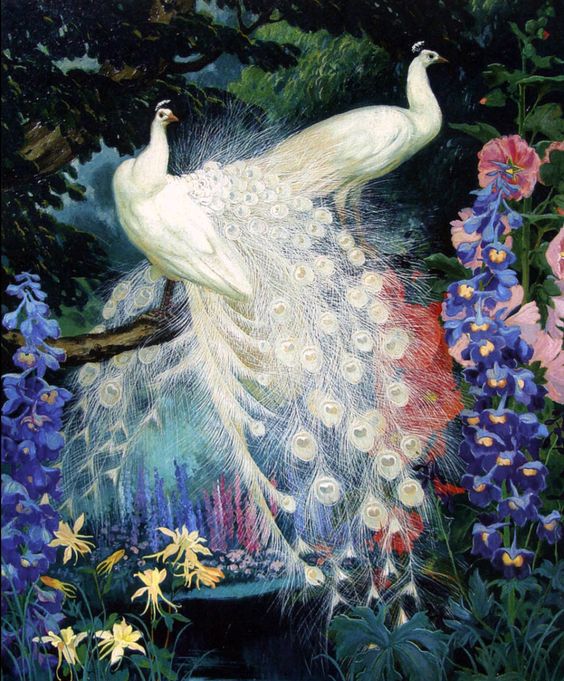Earlier this year, I was invited to be part of a womenʻs art show. On opening night, I noticed how different the show looked because it was all created by women…scenes of kitchens, sandwiches, pink, and babies….
No, not really… I am making a point…
Actually if you walked through the display space without reading tags, you would not know it was an all-women art show at all.
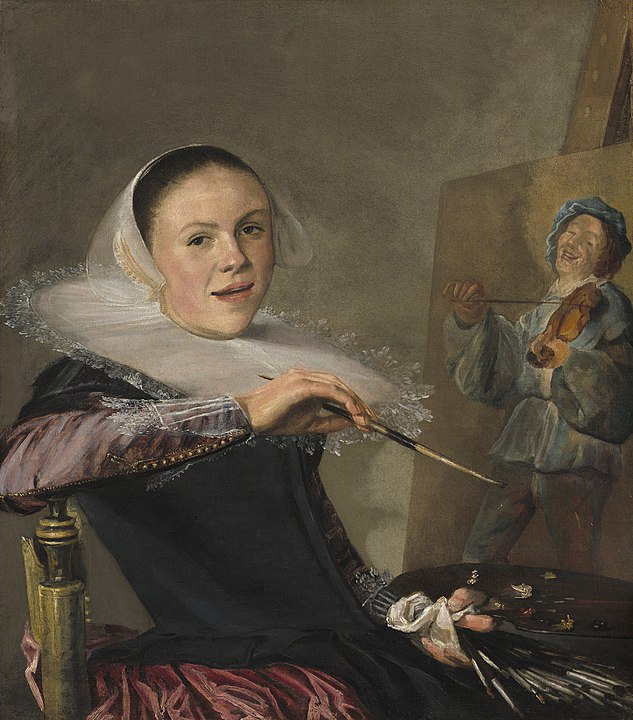
Sometimes certain types of myths need to be refuted in writing even though they are starting to be more prevalent in popular culture. Some people still might not even realize they are harboring inaccurate ideas about art on a subconscious level. Letʻs address a couple of those:
- Talent is not the sole possession of only one narrow type of person. Art and creativity seem to be part of human nature. The desire to make art doesnʻt selectively only belong to one type of person.
- The earliest women artists were working LONG before the Renaissance!
- There is not one unifying style or era to the artwork of every women. If you were not specifically told the works in this article are the works of women, it would not be noticeable. Go ahead and scroll through and look at the images.
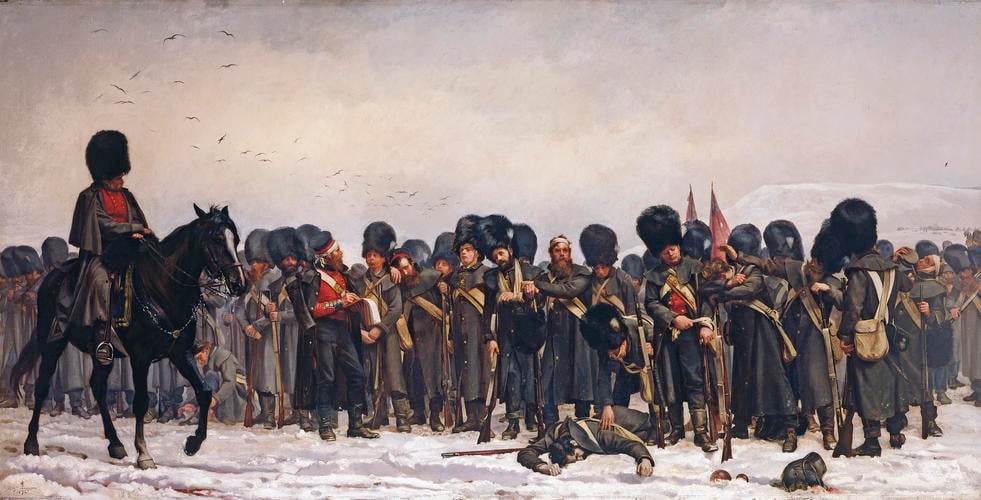
Art history books of the past have done a great disservice in spreading ideas of only the most narrow range of talent. The resulting popular culture needs a serious update. Very few women artists, and very few from other cultures have reached household widespread awareness like the short list of almost exclusively male artists anyone can rattle off the top of their heads… Leonardo, Michelangelo, Monet, Van Gogh, Matisse, Vermeer, Rembrandt, Dali, Picasso… These artists and a scattering of others are treated as if they were the only genius artists who ever lived. It simply isnʻt accurate. These amazing male artists should still be respected and revered for their incredible innovations and lasting works, but we need to reach out past that short list. There are so many other brilliant artists who donʻt have name recognition, but leave a legacy of amazing work and compelling stories behind them.

Rachel Ruysch, Public domain, via Wikimedia Commons
Frida Kahlo is a rare exception – a household name due to the amazing movie about her life. [Side note: This is a largely untapped area of interesting stories and movies! I would love to see more art-centered stories brought to the big screen about women artists of the past! But I digress…]
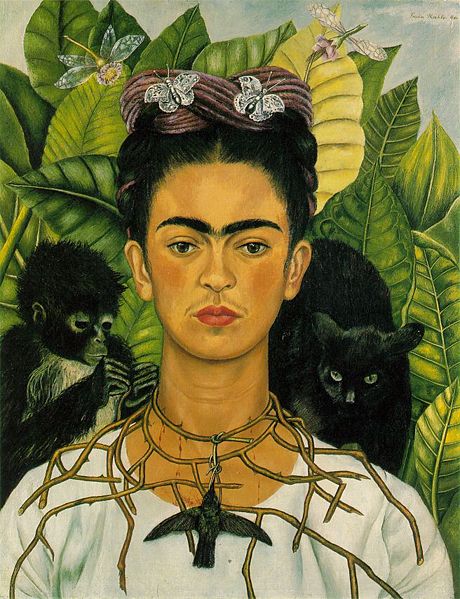
Let this post introduce you to some incredible female artists from yesteryear with great accomplishments. These are some of the artists I really enjoy that you might not know about. I would love to share them with you! Women have been creating important art all the way along; long before they were shunned from the academies and guild systems. Here are some of the ladies that should be in our art history books, and in popular culture (but are not). Hopefully this will encourage you to look for your own new favorite artists that are beyond the short list.
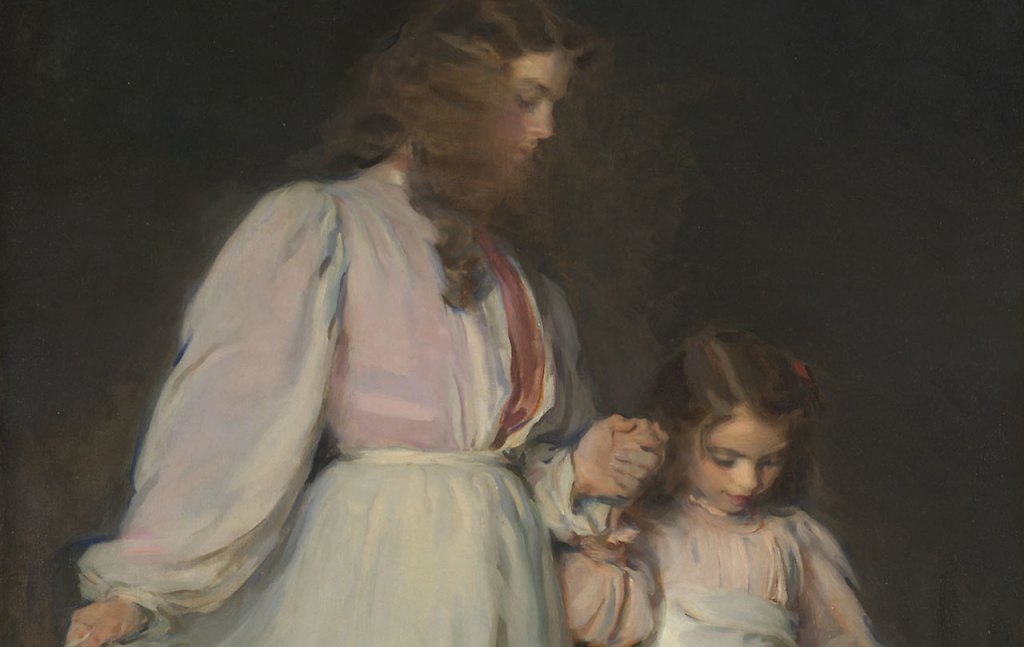
I want to show you the joyful technical skills of some of my favorite women artists of the past whose skills are as fine as their male counterparts.
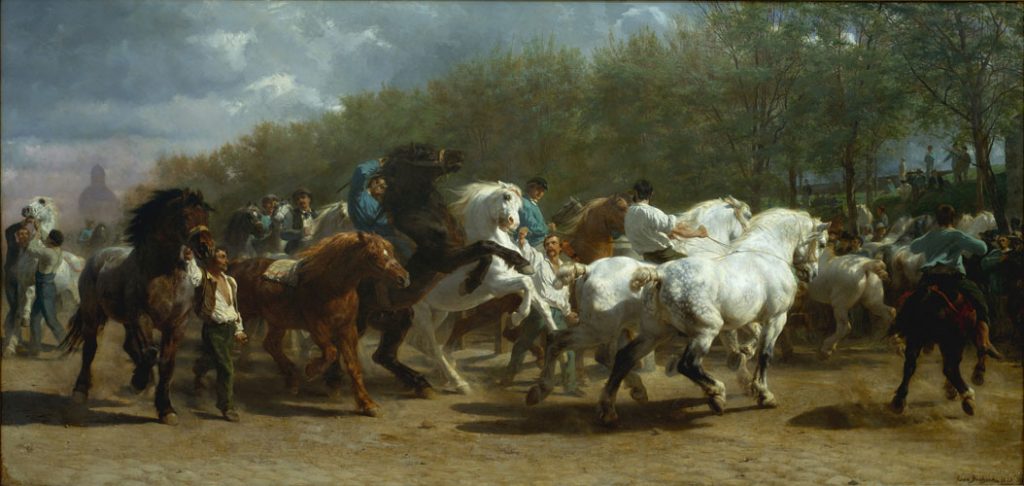
I have mostly posted my favorites from Europe, because I still have a lot to learn, but I do know a few outside of the European tradition that you will see here, and I encourage you to search out diverse talents from the worldʻs treasures, unlimited by the scope of staying within traditional boundaries. My own art is based in a European type of education tradition, so these are artists I found mostly by doing my own research into how to solve technical challenges through the past years, hence my own bias because of the techniques I like to use when I paint.
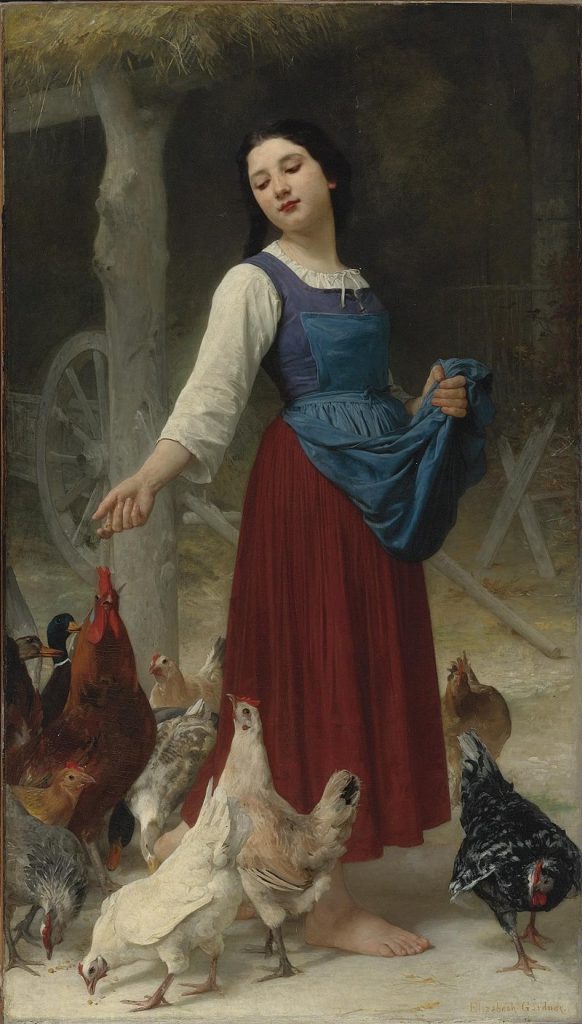
Personally, I prefer representational art, so I am not going to delve into abstract art, but you can find the same story of perseverance and unsung talents there too! Talent and hard work show on the canvas for those who devote themselves to an art practice, regardless of gender or skin color.
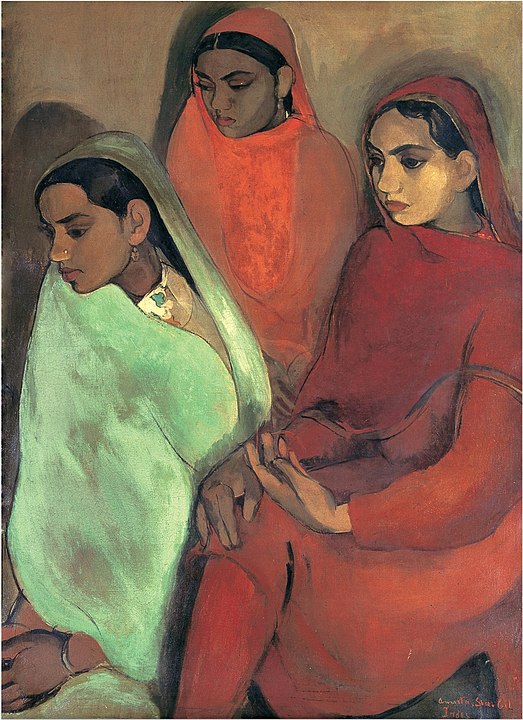
Additionally, I am approaching this topic from a painterʻs perspective. If you look up sculptors, (like Edmonia Lewis), again, you will find a very similar story of obscurity despite great skillfulness.
Why do women artists fall through the cracks so much? Sexism was certainly the top factor for a long time. (I hope we will continue to evolve beyond it!) Plus the art history books used in schools well into the 1990s and beyond have typically only put forth almost exclusively male artists, with the exceptions of perhaps Mary Cassatt and Berthe Morisot.
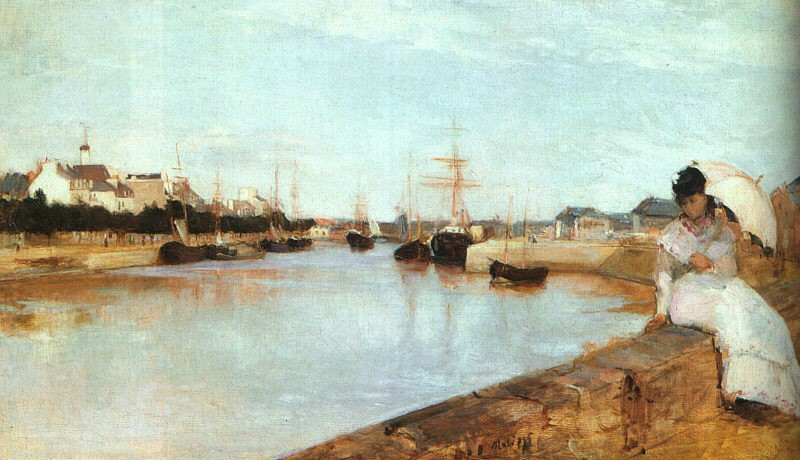
The lack of women in art celebrity is also a documentation issue rather than an actual lack of talent. There were issues of educational access, but such barriers did not hinder all female artists. Some women always found a way around the boundaries to excel even during the most oppressive eras in history.
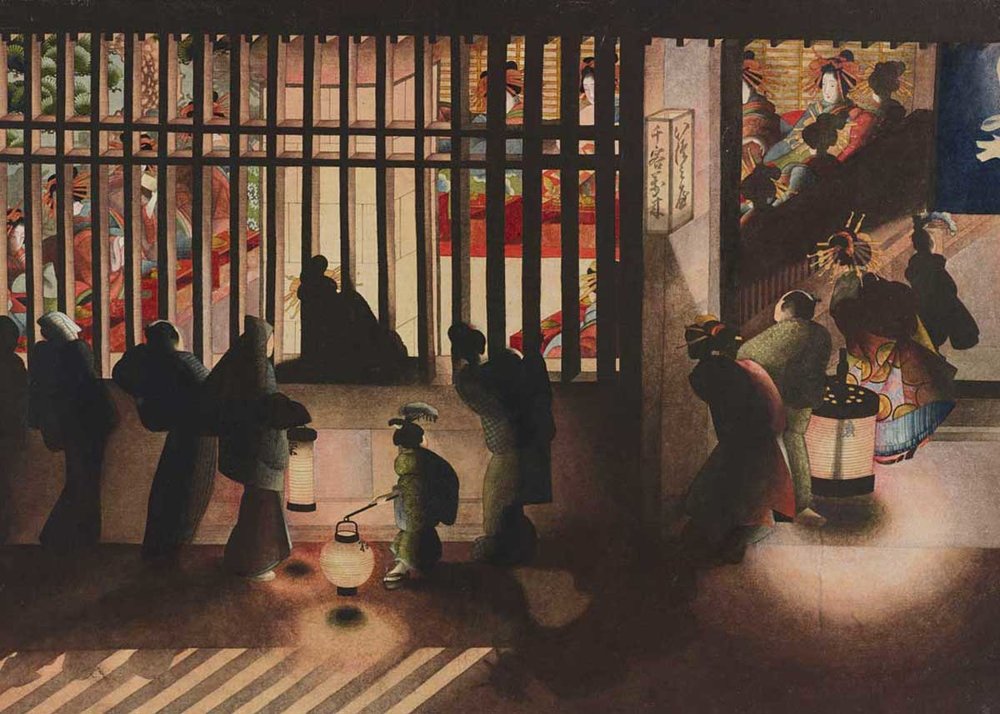
Another reason for less women in art history is the lack of records for everything really old. I have insight from the standpoint of an amateur family historian into why it is so hard to find records of painters, especially female painters. If life is a tapestry, the written records we have about everyday people get more and more threadbare every decade prior to the 1800s. By the time hundreds of years have elapsed, what we are left with is mere patches of information compared to what was originally recorded in many cases. Records are lost in floods and fires; they fade beyond legibility, and are thrown out without consideration of contents over the course of years so that even the barest outlines of the birth dates, marriages, land ownership and deaths of many people can only be found with much luck past a certain point. The earliest English language census wasnʻt established until 1790, so the records of history often give us only certain types of information.

It is not super easy to find documentation of exact artists, who were often thought of more as a trade (most akin perhaps to masonry or fine carpentry) than as a celebrity position, and it gets harder to find written records the further we look back in time. I am certain that we already have beautiful art made by the hands of women in the distant past in our museums, but since we donʻt know who made many ancient pieces of art, these works can only be attributed to a region and time.
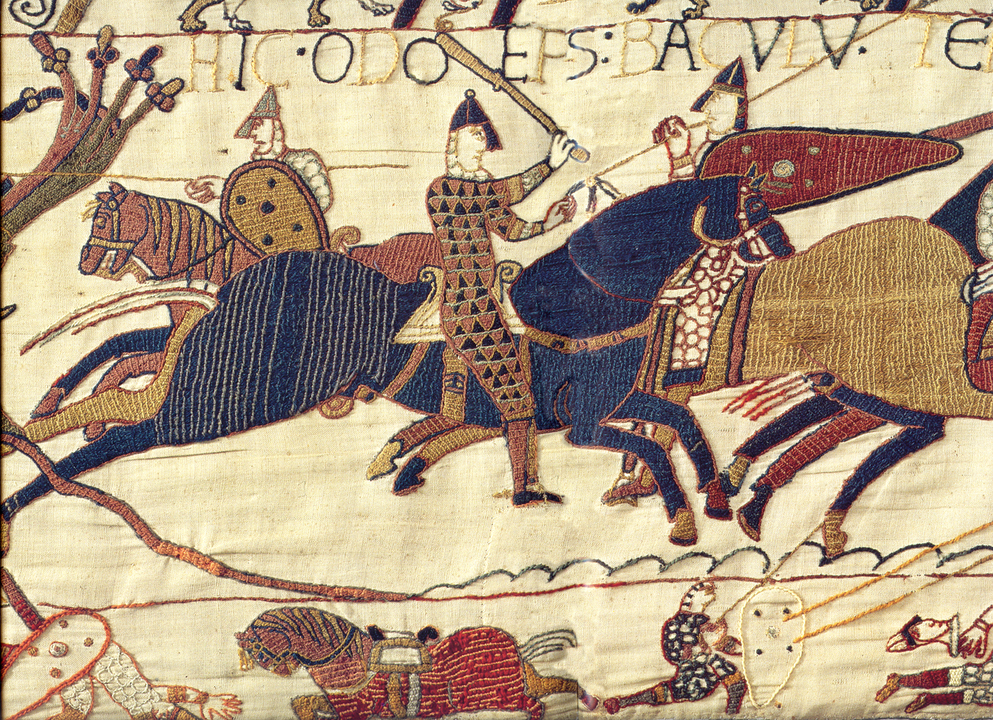
Under these circumstances, I hesitate to even identify “early” women artists because they are only early from the standpoint of our written records, not in actual fact of being the first to paint professionally. In fact very ancient cave paintings have the forensic evidence of having been made at least in part by women ( Read more about that here: https://www.nationalgeographic.com/adventure/article/131008-women-handprints-oldest-neolithic-cave-art ) So to me, it seems natural that women have been creators all along, itʻs just a matter of actually having names, dates, and proper attribution.

A few of the women we do have names for in very ancient times do not have surviving works, but their names are in written accounts as famous and successful artists of their time. Please do read the entries for Kora of Sicyon, for Iaia of Cyzicus from Ancient Greece, or Helena of Egypt if you thought the very first woman artist was in the 1500s in Europe… I also like this article for its profile of the group of women painters that Pliny wrote about.
In medieval times, nuns and monks were the main artists. We have a few names of nuns who created illuminated manuscripts, frescoes, and more. Notable names are hard to piece together with any sizeable body of work, but there are several you can find online. Hildegard of Bingen (circa 1098 – 1179), is one interesting artist with a considerable amount of manuscripts to look up online. Hereʻs one that I think is particularly beautiful and interesting:
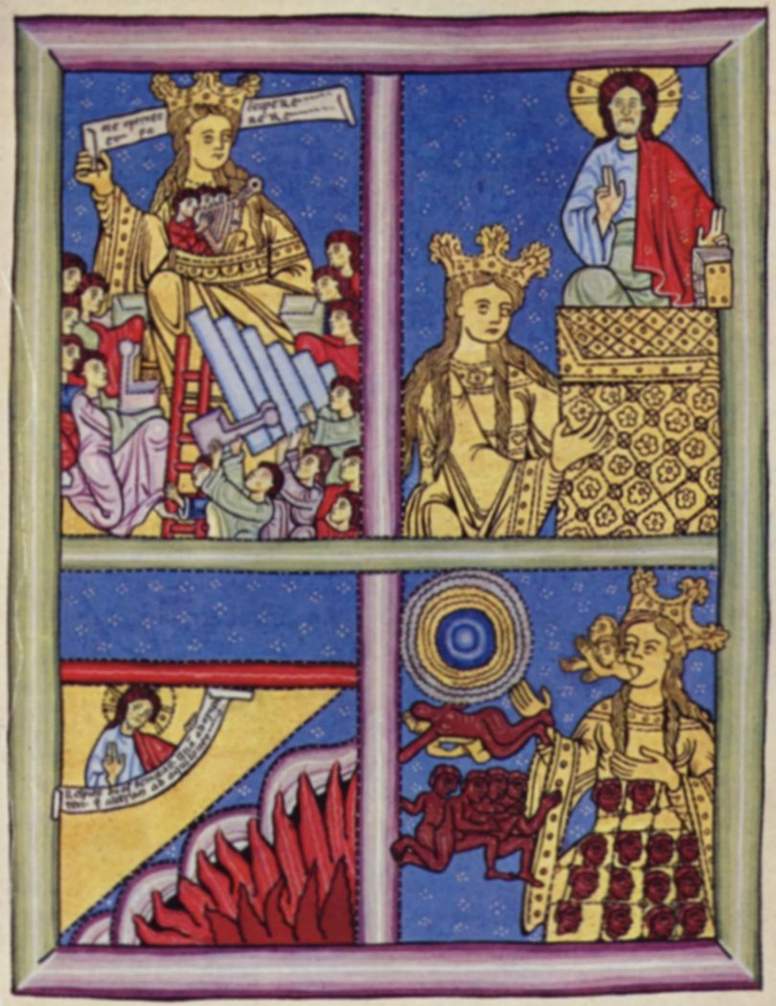
Articles will often mistakenly list the “first” woman artists as being from the Renaissance era without making a proper designation about what that means. As youʻve seen, thatʻs not really accurate. Women worked (for pay) on art of many types long before that. With so many people doing scholarly work and posting it online, we have examples at our fingertips, and yet I still see many articles acting as if women artists were a sudden invention of the late 1500s. Women were professional creators all along. At least a small number of them have been defiantly making art with masterful skill throughout time.
However, the Renaissance era did bring a new institutionalized art system, and in that way, the women listed as “first” were genuinely first to overcome the oppression of this particular guild system. It is unfair not to acknowledge their unique accomplishment of becoming professional artists within royal courts, handling ambitious projects with the increased technical requirements of Renaissance art when society actively discouraged the existence of women artists. Here are a couple of favorite painters from Renaissance-era Europe:
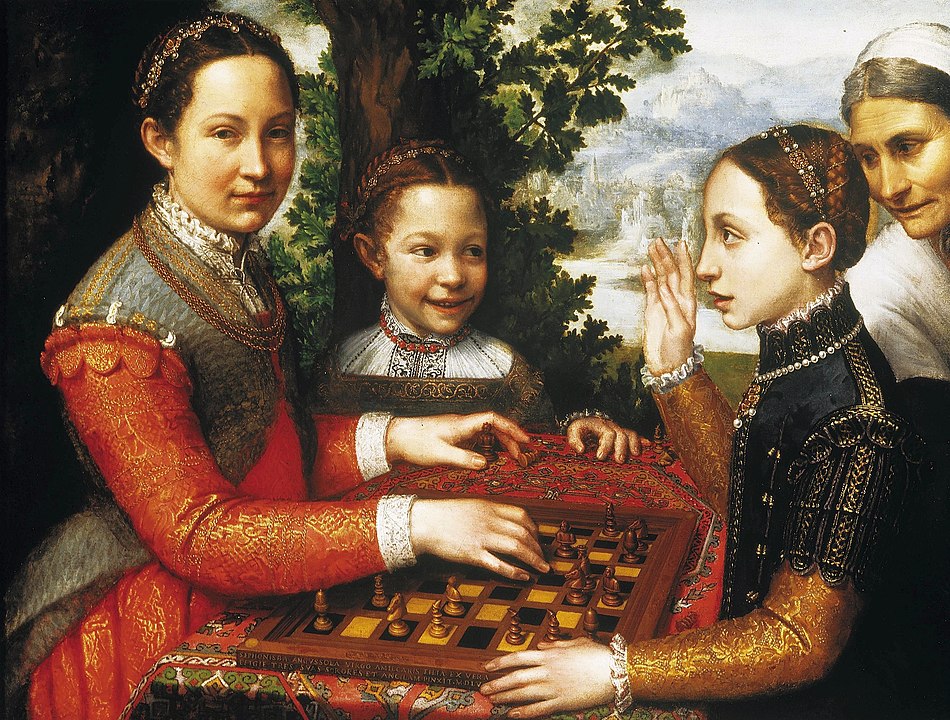
Despite the discouragement of society at that time for women to pursue art as a profession, and the resulting exclusion from educational resources, there have always been wonderful exceptions to the norm.
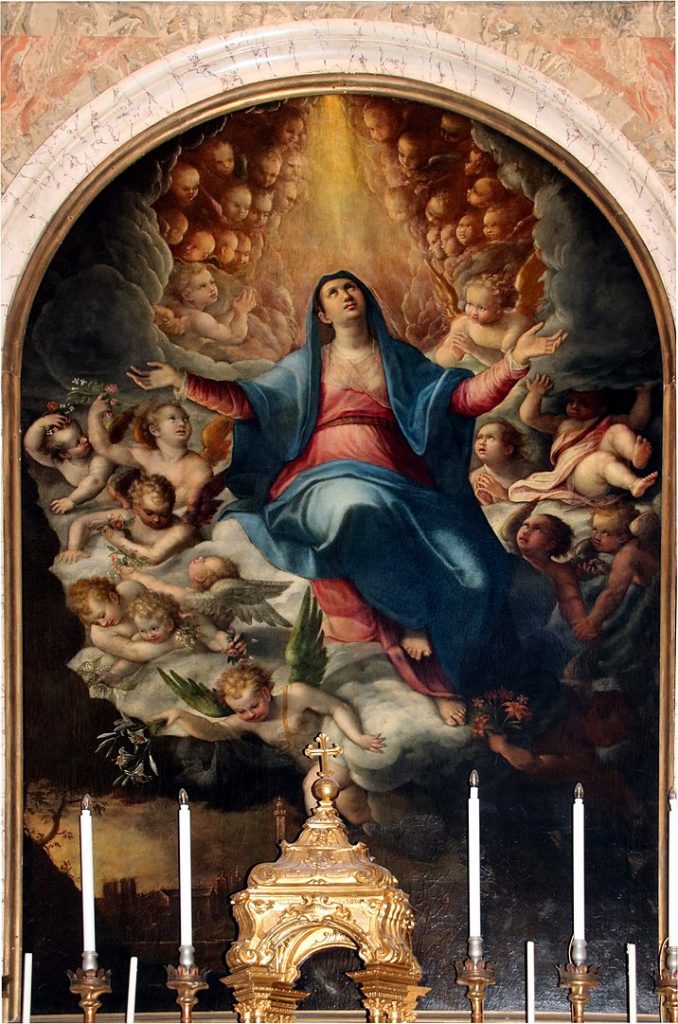
Lavinia counted Popes and Kings among her clientele, and acknowledged Sofonisba Anguissola among her role models.
Often early female artists were taught by family members, or they were given elite education not available to the masses. The artist-father who teaches his daughter to paint is the most classic circumstance, as with Artemisia Gentileschi. If you have never read about her life, I would suggest listening to the Artcurious podcast, but be warned it is an adult tale not suitable for young ears. Most people post her “Judith and Holofernes” painting or her “Susanna and the Elders” both of which show an emotional depth unique to her experiences, but itʻs very disturbing even now to see realistic depictions from a woman who suffered from sexual violence. Thus, I offer up the links to view those above with a forewarning that they are painful but incredible. For the image I wanted to display here, I selected this beautiful painting of Mary Magdalene that shows a remarkable figure painting talent.
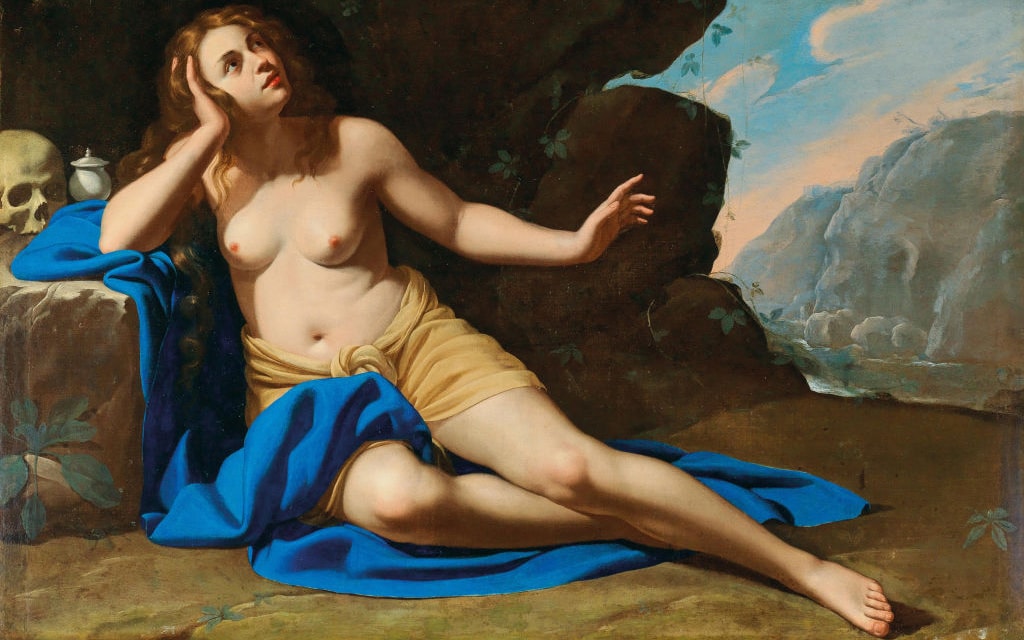
Women artists who persevered despite the setbacks had to earn respect by being technically skilled, winning their educational opportunities by competing against their top male counterparts.
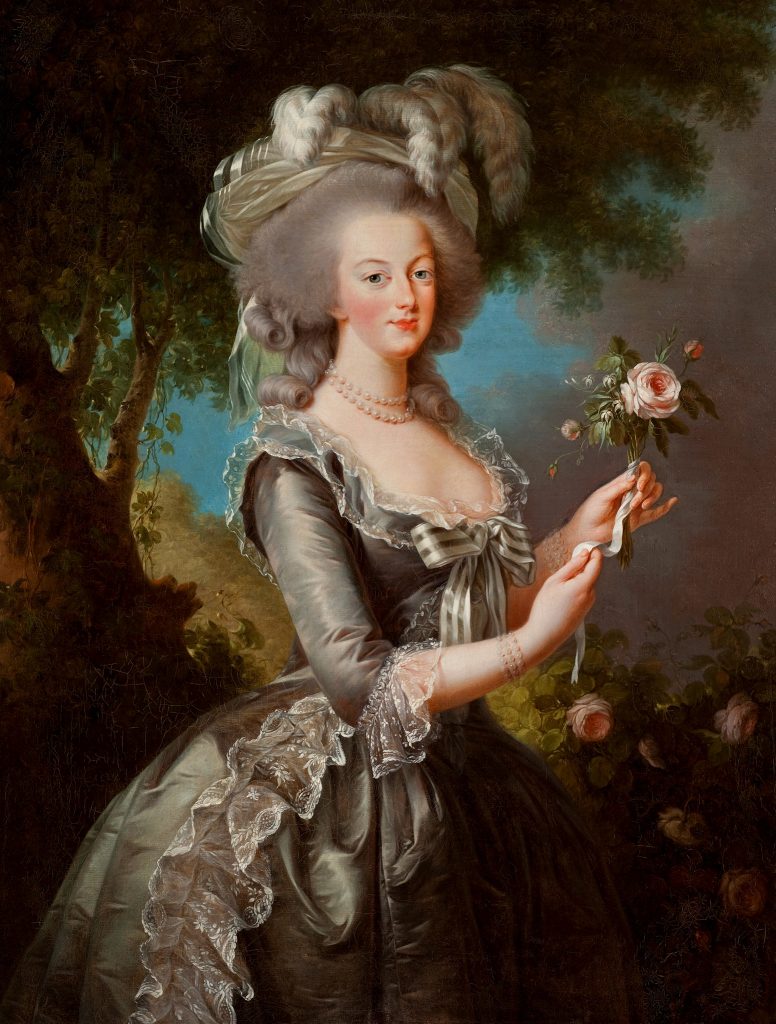
I have been pleasantly surprised to discover the large census of skilled women artists of the past, despite the hardships. There might have been far less women in the profession, but always, there have been at least a few. It really adds up over the span of all history!
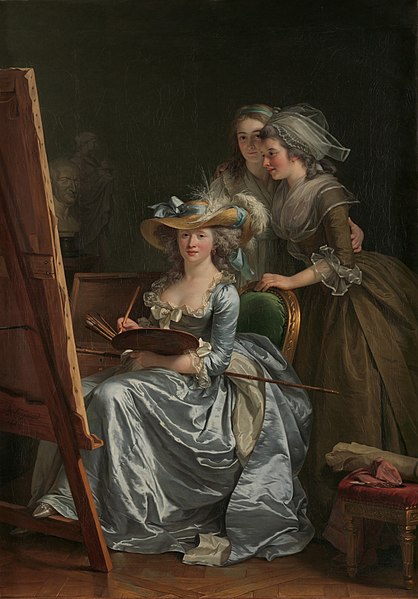
Women artists had a wide range of awards and accomplishments, and yet still got lost to time. Like their male counterparts, some female painters were important in other fields of expertise as well. Here are two examples of accomplished painters who also contributed to scientific fields. First, I would like to highlight Marianne North. She was an amazing botanical artist who traveled the world and made an important collection of botanically accurate and important paintings that now reside in Kew Gardens. Her colorful paintings gave the enthusiastic public a chance to see some of the Kew’s exotic plants in their natural context. Most of the visitors to the display would never have the chance to travel to these tropical locales, nor would they see accurate color photos. The art collection remains at Kew Gardens still, with hundreds of gorgeous oil painted landscapes and still lifes of flowers and fruits. Some of these precious natural wild places depicted are lost to ecological change and extinction.
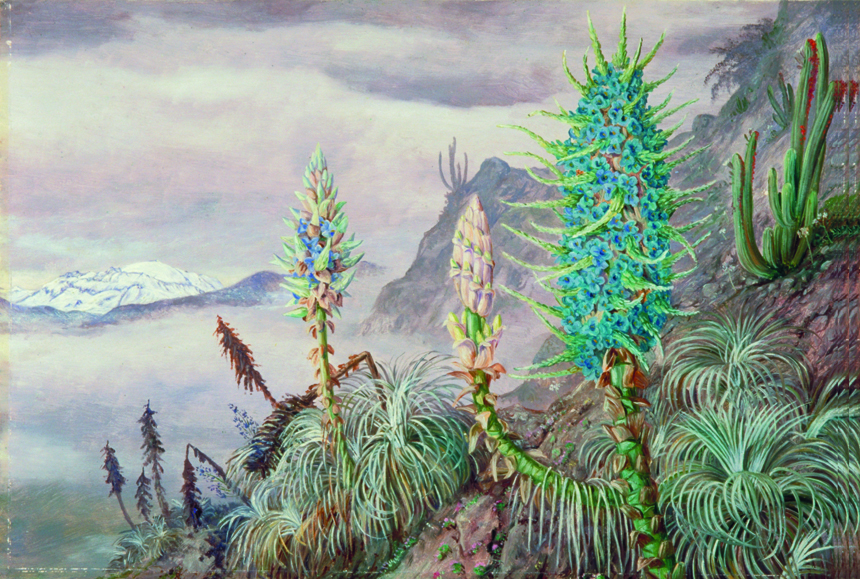
Beatrix Potter, the beloved Peter Rabbit author and illustrator, was also an amazing mycologist! Her mushroom illustrations are still utilized for identification. Using a microscope, she researched lichens, and mushroom germination, and made a formidable body of beautiful scientific illustrations.
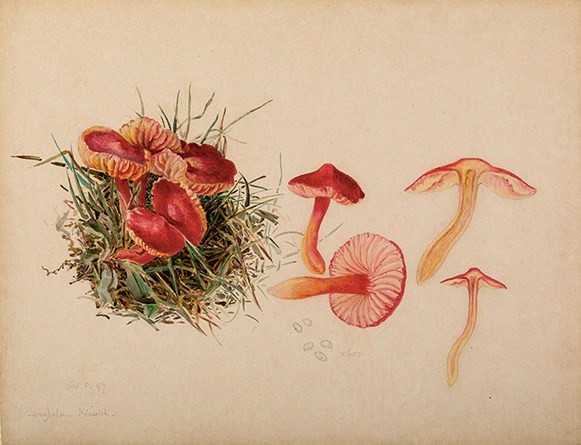
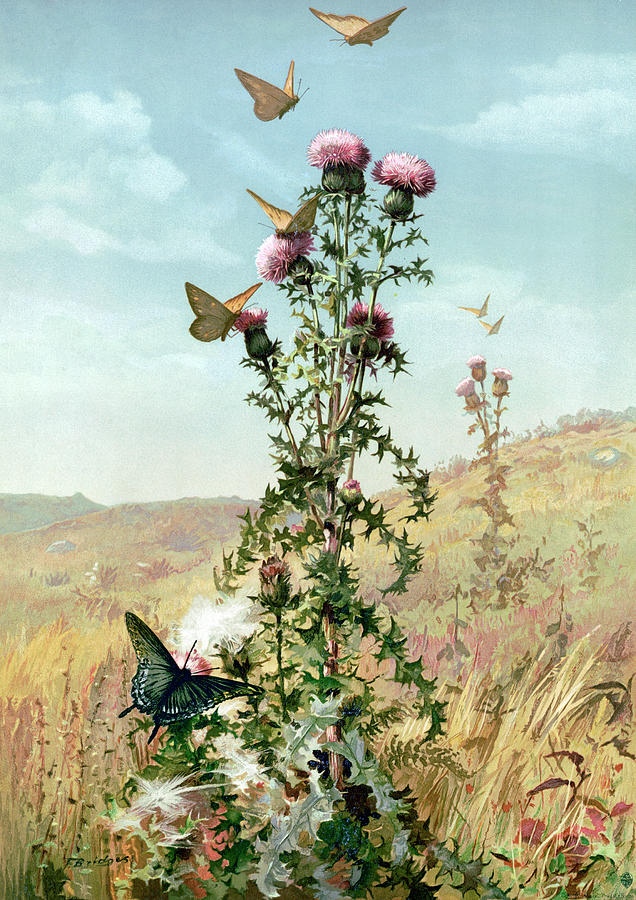
If we find artists who inspire us that were not in our art history books and share their talents, perhaps others will see why the diverse creators and works of the past are interesting. Look for talent from all types of artists for your own edification. Donʻt stop at just women artists, find people of different cultures too! It is liberating to think that there are no barriers to genius in the arts. Itʻs a message that we always need.
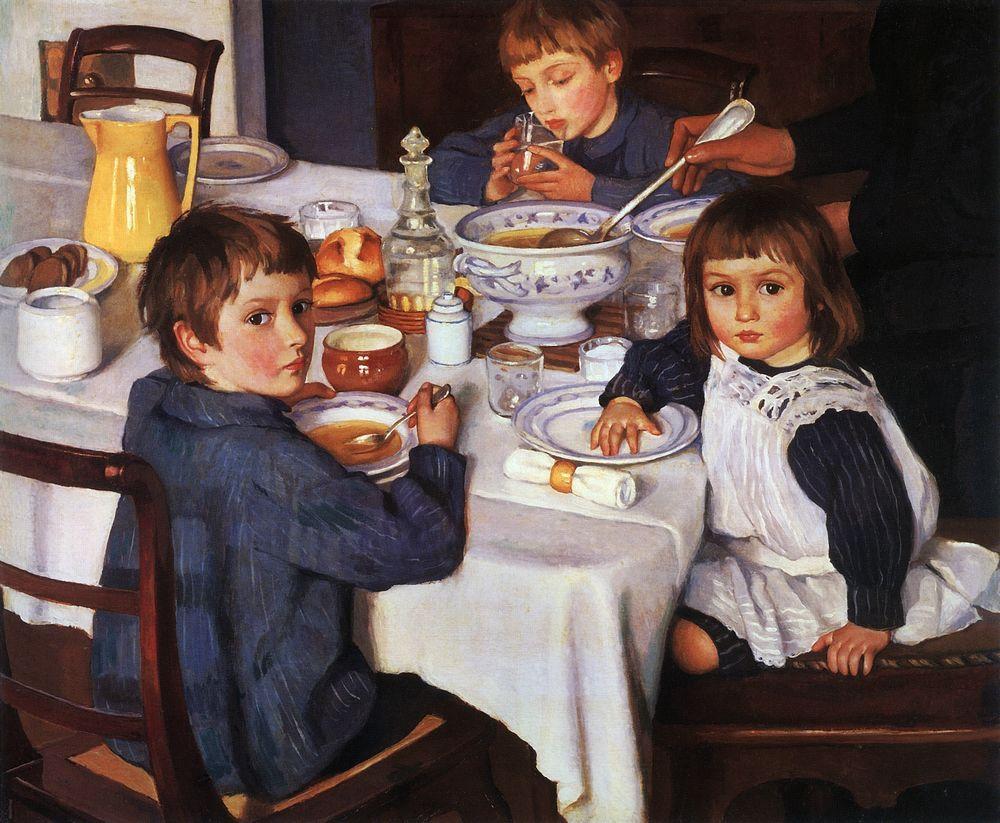
Now, education is more accessible and inexpensive than ever before – often shared for free on YouTube, or offered in local workshops at a reasonable cost. Supplies are easier to obtain and afford than at any other time in history. Anyone of any gender or ethnicity can create art of dizzying variety, much to society’s benefit.
I think excellence speaks for itself, over time as bias is removed, it emerges, providing inspiration to the next generation of creators. We need to help the general public to be more aware of diverse talents, in the past and today, not throwing out the genius of Michelangelo et al, but adding to the list.
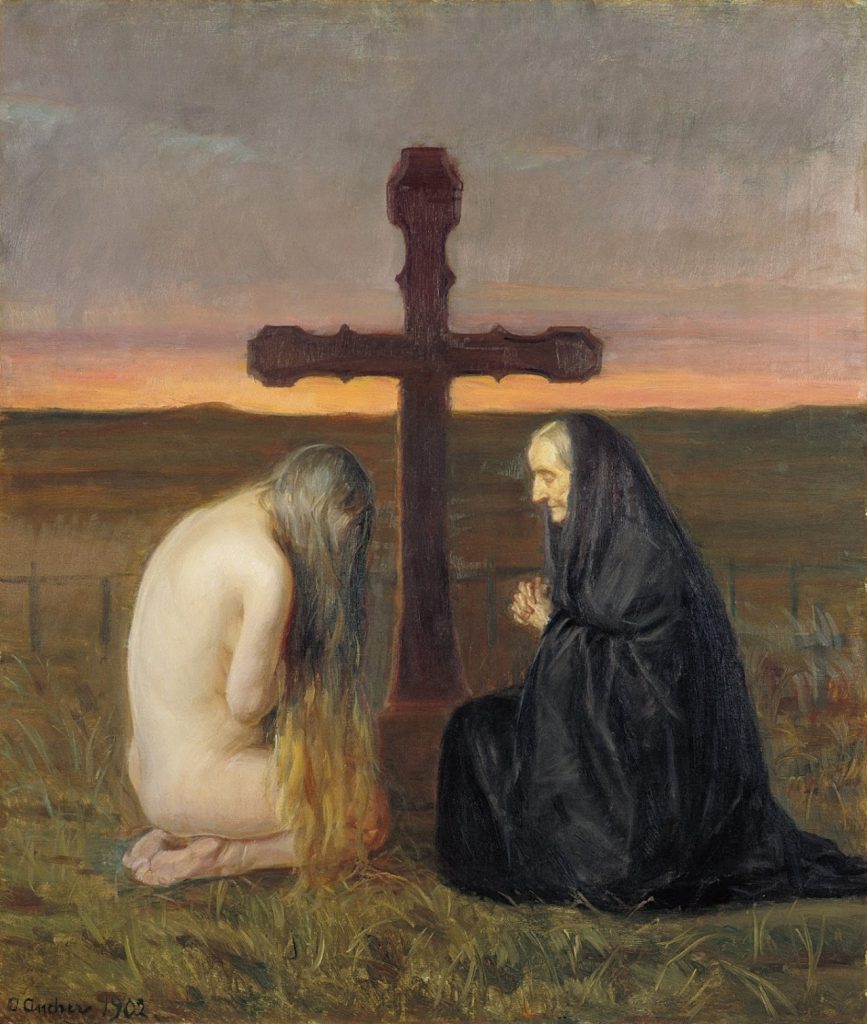
Any of us lucky enough to be well-versed in the arts can assist in exposing others to beautiful art from many different types of people, not just the top ten list of most expensive artists of the past, but artists with stories and art that show a wider array of expression and experiences from the past.
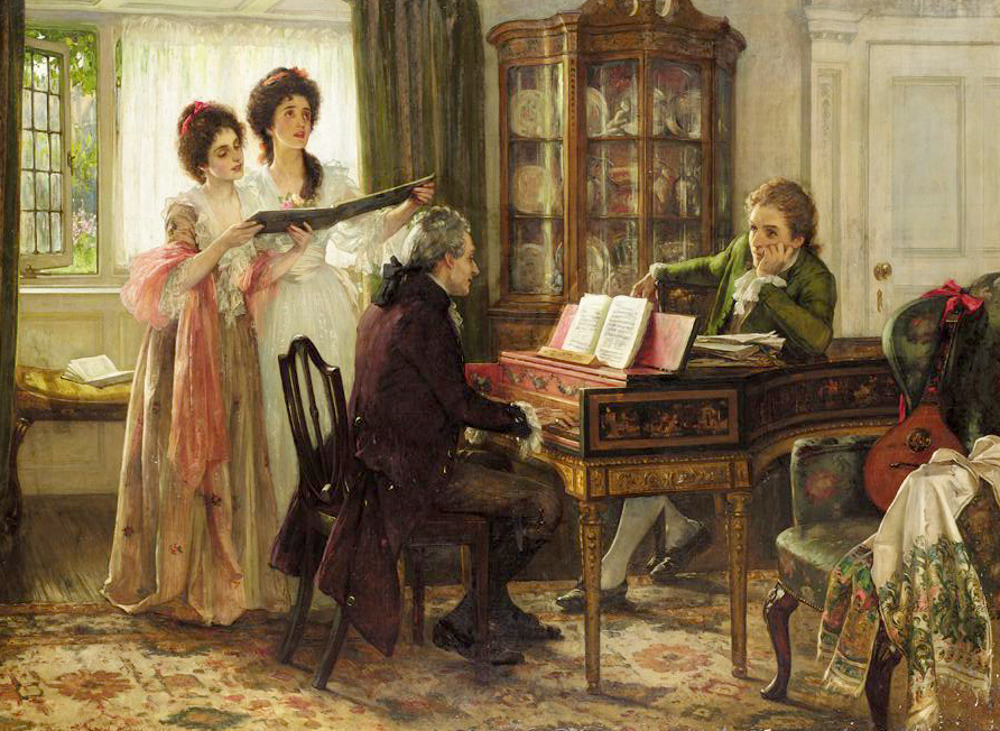
Lastly, art has a lot to offer in mental benefits to anyone who wants to create. Art mastery is the quest of a lifetime, and I plan to be one who seeks technical skill and meaningful expression, and I would encourage you that if you feel that spark of desire to make art, you donʻt have to be one of the best artists in the world. Enjoy a creative outlet! Whether it is the easy process of buying modern paints and canvases, or the newer forms of digital art that are so widely accessible, thereʻs never been a better time to be creative no matter who you are and no matter which medium appeals to you!
